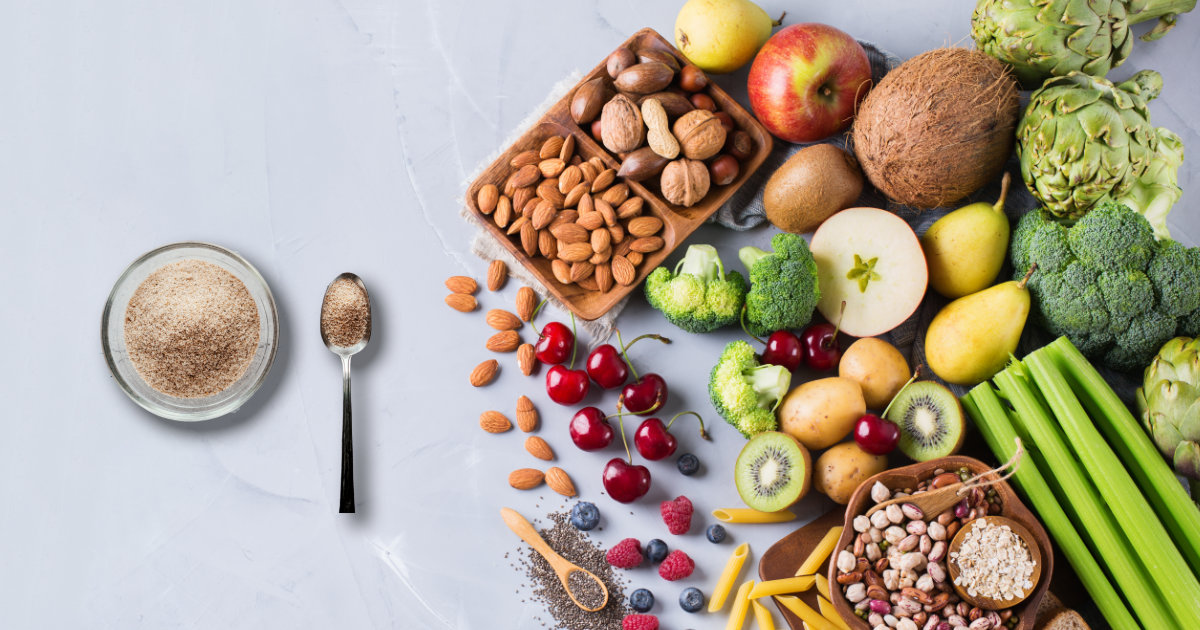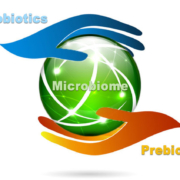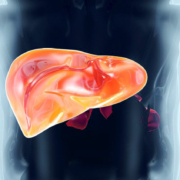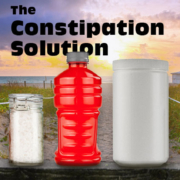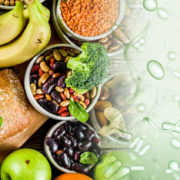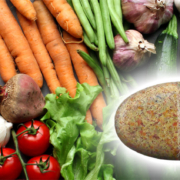Fiber: Food or Supplements?
We don’t seem to eat enough whole or minimally processed plant foods, so the researchers were trying to discover whether getting fiber, especially insoluble fiber, was better from plant material or whether taking fiber in supplement form would suffice.
Researchers approached the question from the perspective of other beneficial nutrients that might be found in plants that might be processed out of fiber supplements. They conducted a literature search and found that just 44 studies that examined the phytonutrient content of many plant foods and met their criteria. They focused on insoluble fiber which would be found in the skin of apples and beans, seeds and nuts, and many other components of raw foods that are discarded in processing.
Bioactive Nutrients are Present
While the techniques are complicated and resulted in very long lists of various phytonutrients, insoluble fiber contains many of them. Part of the issue is that there are components we would never eat such as corn cobs or the peels of oranges. Fortunately, there are enough plants that we ordinarily eat that contain insoluble fiber.
That doesn’t mean that soluble fiber such as inulin and psyllium are not beneficial; they add bulk to the stool and help the digestive system in general. It also doesn’t mean that every source of insoluble fiber is beneficial; phytic acid found in the shells of beans can prevent minerals from being chelated and thus absorbed, but cooking the beans breaks down phytic acid without destroying the insoluble fiber. The good news is that the phytonutrients are there as we eat the foods.
Food or Supplements?
The study didn’t completely answer the question, mostly because of the paucity of research on insoluble fiber (or any type of fiber) and the beneficial nutrients it contains. They suggested that the challenges presented to the taste and textures of adding insoluble fiber to foods might be too challenging to be accepted by the public. While it’s easy to say “eat more plant-based foods,” getting people to do it is really difficult.
So if “Food or supplements?” is the question, my answer would be “Yes!” I think the convenience of having psyllium and inulin in powders is great because they mix well with water and can be put into drinks as long as they are consumed quickly. Adding a squeeze of lemon or a no-calorie flavor packet can make the drink more palatable.
For insoluble fiber, I think food is the way to go. Apples and pears with their peels, cooked red, black, chickpea, great northern, and other beans, root vegetables such as sweet potatoes and yams, carrots, oatmeal, flax seed, and bran as in bran flakes are excellent choices. They can be used in cooking, so be creative. Black bean salad, hummus, chili with beans, and many more sources can be eaten on a regular basis. We just have to seek them out.
The Bottom Line
The big benefit of insoluble fiber from foods is all the other phytonutrients you’ll also be getting. Just make sure you use spices to make them more palatable, including a little sugar if necessary. With Thanksgiving less than a week away, think of the sides you can create that could include root vegetables, beans, and other foods high in insoluble fiber. The old saying about an apple a day was more correct than we knew.
Speaking of Thanksgiving, Paula, Riley, Jamie, and I wish you all a Happy Thanksgiving. I hope you get to spend it with family and friends. The Memo will resume the following week. Be well and travel safely.
What are you prepared to do today?
Dr. Chet
Reference: Nutrients 2023, 15, 4138. https://doi.org/10.3390/nu151941382.

